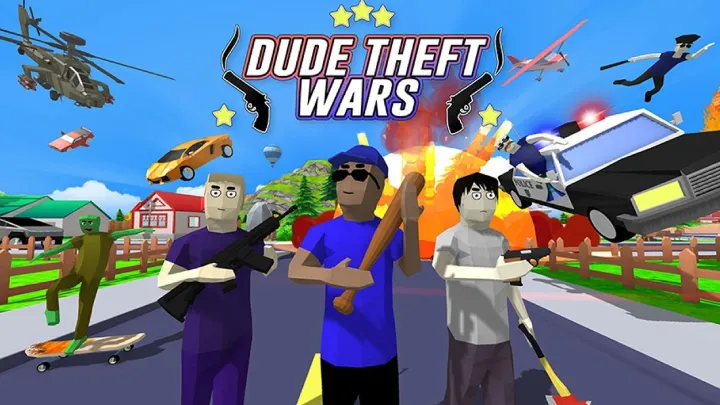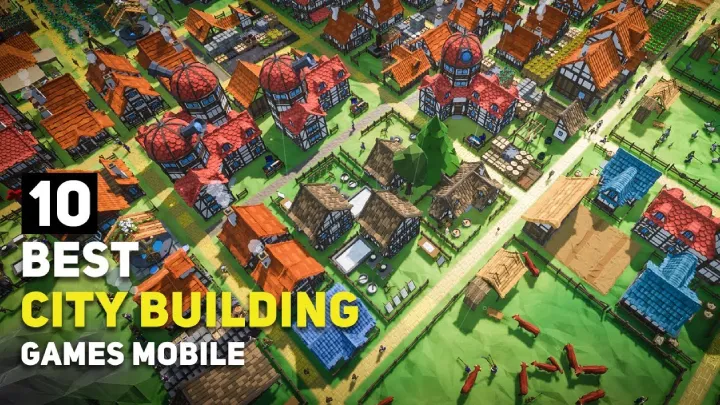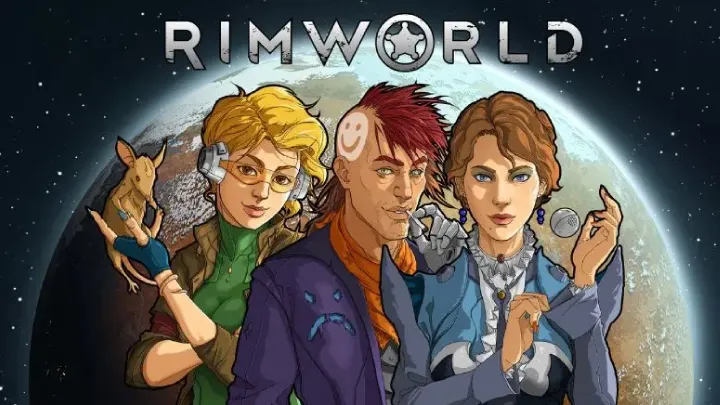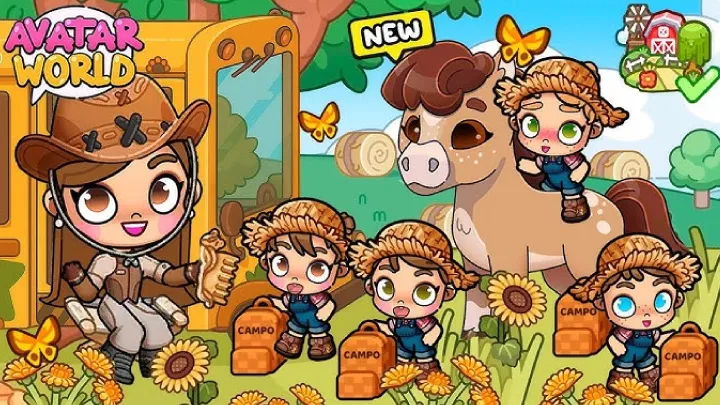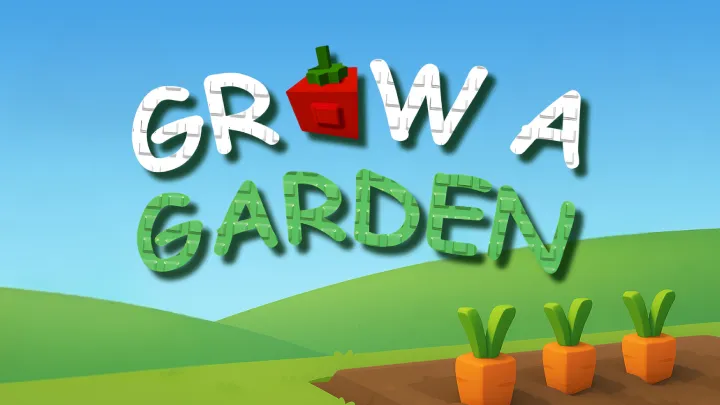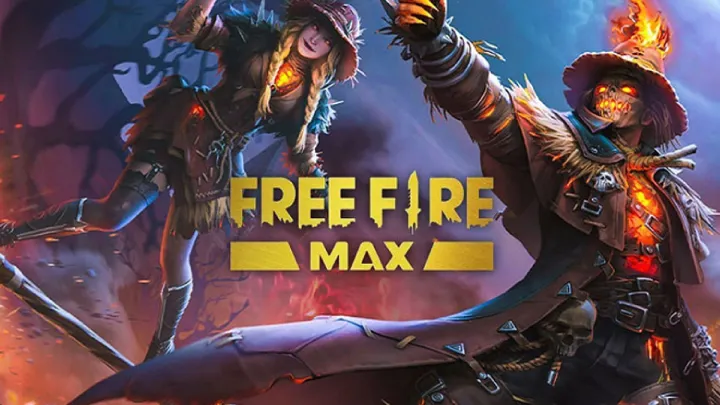Introduction
Language learning apps have come a long way since the early 2010s. While household names like Duolingo, Babbel, and Rosetta Stone continue to dominate the market, 2025 has brought forward a new wave of experimental and creative platforms. These apps might not yet be the most famous or have the largest user base, but they represent the diversity and innovation shaping the future of education.
This article explores three new apps that have emerged in 2025. They stand out not necessarily because they are the most polished or mainstream, but because they bring something fresh to the table. Each one focuses on a different aspect of language acquisition: storytelling, music, and social play. Together, they showcase how technology is expanding the very definition of what language learning can be.
1. StoryLingua
StoryLingua is a new app from a Berlin-based startup that believes the best way to learn a language is through stories. Instead of drills or flashcards, the app places users in interactive narratives where they must make choices, solve mysteries, and engage with characters who speak only in the target language.
For example, a beginner learning Spanish might play through a mystery set in Madrid. Characters will speak in slow, clear Spanish, with translation support available if needed. As the story progresses, the learner must answer questions or choose dialogue options that require understanding the language. This “learning by doing” approach makes the process feel more like reading a graphic novel or playing a visual game than attending a lesson.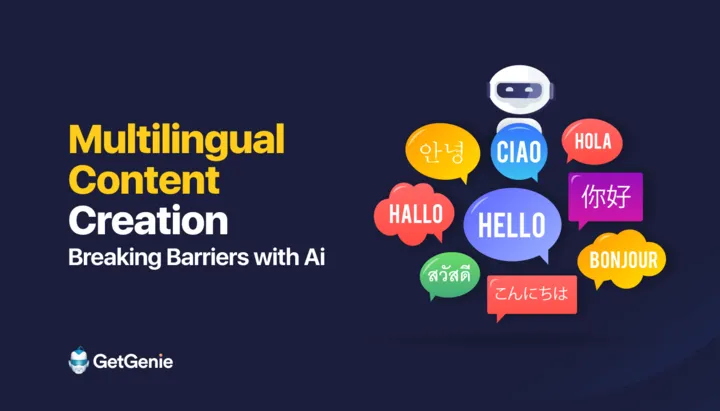
Key Features of StoryLingua
- Branching narrative paths that adapt to the learner’s skill level.
- Vocabulary automatically highlighted and explained in context.
- Options to switch between reading, listening, and speaking modes.
StoryLingua may not replace a traditional grammar course, but it excels at creating immersion. Many learners find that they remember words and phrases better because they are tied to a memorable scene in the story. Teachers are also beginning to adopt StoryLingua in classrooms as a supplementary tool, especially for engaging younger students who prefer interactive learning.
2. LingoBeats
LingoBeats takes a completely different approach by combining music and language education. The app, developed in Seoul, is built on the idea that rhythm and melody help learners memorize vocabulary and pronunciation faster. Users practice languages by singing along to songs, remixing beats, and even writing their own short lyrics.
In 2025, LingoBeats has partnered with independent musicians from around the world to create a library of songs in over 20 languages. Learners can listen, sing, and then record their own versions. The app’s AI evaluates pronunciation accuracy, rhythm, and fluency, giving real-time feedback while keeping the experience fun.
Why LingoBeats Feels Fresh
What sets LingoBeats apart is its strong community component. Learners can upload their remixes or karaoke covers and share them with others on the platform. This creates a fun, social environment where learning feels more like participating in a global music festival than studying.
Teachers and language coaches are also noticing its potential as an icebreaker. LingoBeats is increasingly used in workshops to help students overcome the fear of speaking out loud, as singing removes some of the pressure of speaking perfectly. While not the most comprehensive language tool, LingoBeats is carving out a niche as the go-to app for creative, music-driven learners.
3. ChatMate World
ChatMate World is an experimental app from a small Canadian company aiming to make language practice more social. Instead of focusing on traditional lessons, it connects users in small groups of three to five people who are all learning different languages. Each session becomes a cultural exchange, with users teaching each other basic phrases, slang, and even jokes.
The app uses an AI assistant to facilitate the conversation. For example, if someone learning Japanese struggles to explain a word, the AI will step in with translations or clarifications. Over time, learners build confidence not only in their target language but also in teaching their native tongue.
Strengths and Weaknesses of ChatMate World
The strength of ChatMate World lies in its spontaneity. Conversations are unscripted, messy, and unpredictable—much like real life. This makes it great for learners who want to practice actual conversation instead of rehearsed lines.
However, the app has its challenges. Because it depends heavily on group dynamics, the quality of a session can vary. Sometimes users might get matched with people who are shy or less committed. Still, many early adopters see it as an exciting way to connect across cultures while improving fluency in a casual, low-pressure environment.
4. Broader Implications of These New Apps
The rise of apps like StoryLingua, LingoBeats, and ChatMate World shows how diverse the language learning industry has become in 2025. These apps are not necessarily competing with giants like Duolingo or Babbel but instead carving out niches where creativity, community, and cultural immersion take center stage.
They highlight an important trend: language learning is no longer one-size-fits-all. Some learners thrive with gamified stories, others with music, and others with conversation-driven exchanges. This diversification reflects the idea that fluency is not just about grammar—it is about culture, confidence, and creativity.
Another implication is accessibility. Because these apps are new and smaller, they tend to be more affordable or even free in their early stages, making them appealing to students and casual learners. If they continue to grow, they could push the industry toward more variety and inclusivity in how languages are taught digitally.
5. Conclusion
The top three new apps of 2025 for foreign language learning—StoryLingua, LingoBeats, and ChatMate World—demonstrate that innovation does not always come from the biggest companies. Each of these platforms offers something different: immersive storytelling, music-powered memorization, and social group practice. While they may not yet have the polish or scale of mainstream competitors, they represent the creative energy driving the next wave of educational technology.
For learners, this means more choices than ever. Whether you want to read an interactive story, sing your way to fluency, or chat with strangers from across the world, 2025 has an app designed for you. These tools remind us that learning a language is not just about studying—it is about connecting, experiencing, and enjoying the journey.









